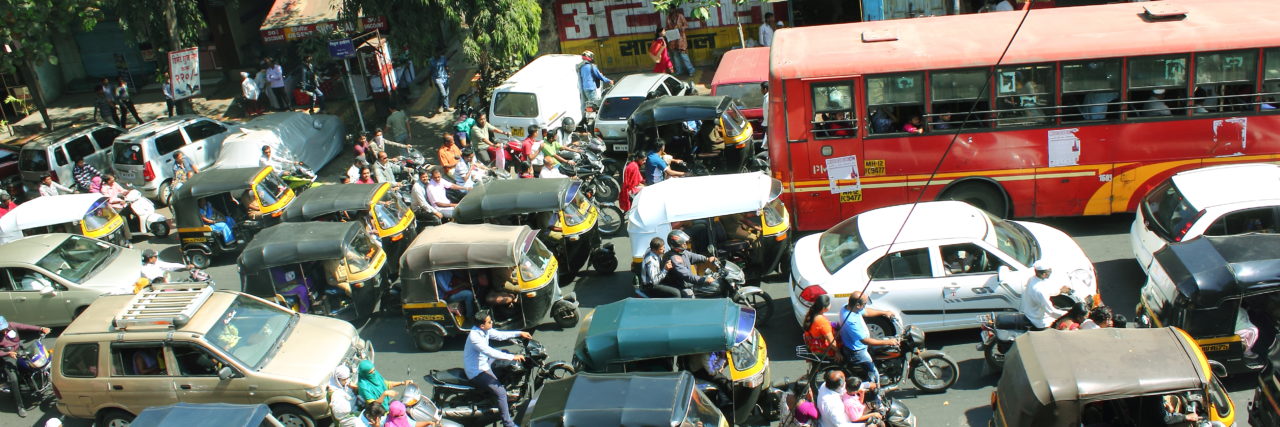“People with disabilities are vulnerable because of the many barriers they face: attitudinal, physical, and financial. Addressing these barriers is within our reach… But most important, addressing these barriers will unlock the potential of so many people with so much to contribute to the world.” – Stephen Hawking
A dear friend of mine here in India has been a wheelchair user for many years, but by sheer individual grit and determination is completely independent, drives around even on highways, manages the family business, is a parent and has a social presence. This same friend has harrowing tales to tell about no disabled friendly toilets in Indian trains, no hotels that have disabled friendly rooms and receiving cold, sarcastic stares from people.
Another friend is a parent to a disabled child and has to travel across cities for her therapy and advanced treatment etc. She faces the same issues — no changing places, no disabled-friendly public places for her child and the like.
To add to their woes, in India people tend to blame disability on “bad karma” instead of trying to make life easier for those whose bodies work differently.
In India people with disabilities used to be called “viklang” which means “one with adverse organs.” Now they are called “divyang” meaning “one with divine organs” — but this is just a cosmetic change.
India is home to 27 million people living with some type and degree of disability. According to the 2011 Census, 2.21 percent of India’s population is disabled. Unlike in developed countries, disabled people in India have additional challenges in terms of societal and institutional apathy and lack of effective policies to address vital issues such as accessibility, widespread acceptance and inclusion into the mainstream.
One of the recommendations of the Disabilities Bill, passed in Parliament in 2016, was setting a deadline for the creation of barrier-free access to buildings and transport systems. As part of the Accessible India Campaign, the flagship national program to make public buildings and transport less hostile for the physically challenged, 50 percent of all of these were to be made fully disabled friendly by July 2018. But more than two years after the launch of the campaign, only 3 percent of buildings have become accessible, according to the Department of Empowerment of Persons With Disabilities (DEPwD).
Although the Indian government has a full-fledged disability department and a major flagship program called Accessible India, Indian society is still far from inclusive. Disabled are either forced to live dependent and restricted lives or move out for employment and health care with huge discomfort and loss of dignity. Disability is thus a far more layered and complex state of existence for Indian citizens, who fight not just a physical condition but social stigma and government apathy. It is time they have an equal claim on the world like other citizens.
Getty image by Naveen0301.

